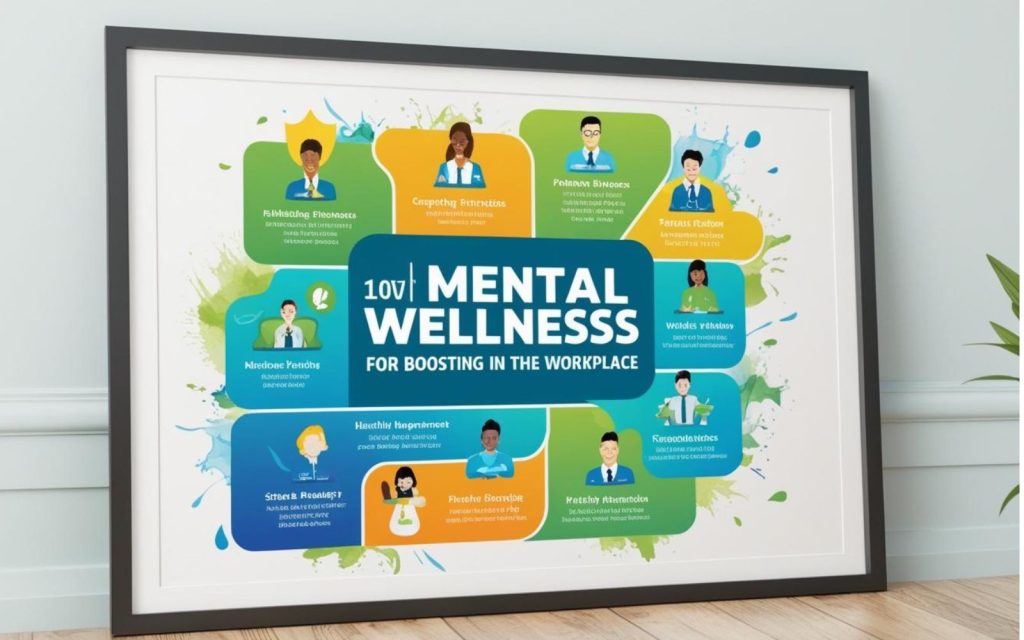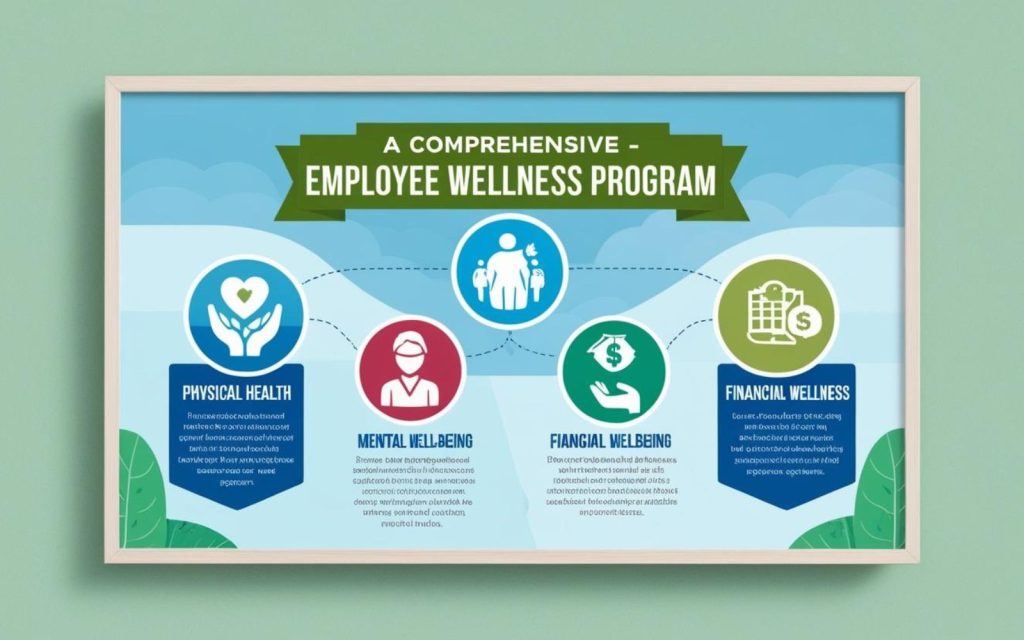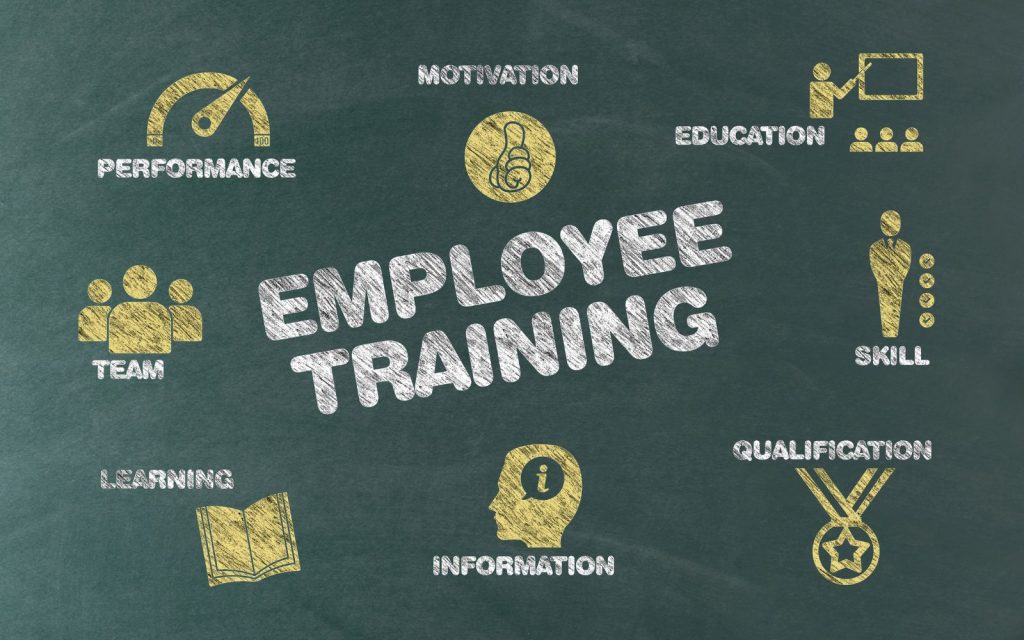Boosting Mental Wellness in the Workplace: 10 Key Strategies for Success

Focusing on mental wellness in the workplace is crucial for employee well-being and company performance.
Many employers are now realizing the significant mental health challenges their teams face.
Workplace mental health is directly tied to productivity, job satisfaction, and overall work performance. Boosting Mental Wellness in the Workplace is not just a trend-it’s essential for a booming workplace.
Key Takeaways
- Supporting mental health at work improves productivity and reduces workplace stress.
- Programs to promote mental health and well-being can make workplaces healthier and more inclusive.
- Building a mentally healthy workplace requires strategic changes and ongoing efforts.
1. Understanding the Importance of Workplace Mental Health

Workplace mental health is critical to overall well-being, and employers need to understand its importance.
Mental health conditions, such as anxiety and depression, can affect anyone, regardless of their position or industry.
One in five adults in the U.S. will experience mental illness each year. Untreated mental illness can lead to decreased productivity, absenteeism, and turnover, costing the global economy $1 trillion annually.
Conversely, supporting employee mental health can lead to increased productivity, retention, and job satisfaction.
Employers are responsible for providing a safe and healthy work environment, which includes promoting good mental health and well-being.
2. Foster an Open and Supportive Workplace Culture

Creating an environment where mental health conditions are openly discussed without judgment is vital for good mental health. Here’s how to make this shift:
- Encourage Open Dialogue: Encourage co-workers and leaders to talk about their experiences with mental health issues. This reduces stigma and fosters empathy.
- Leadership Training: Train workplace leaders to recognize mental health challenges and offer support through active listening and understanding.
- Employee Assistance Programs (EAPs): Ensure that these programs are accessible, as they provide crucial resources for managing emotional distress, substance abuse, and more.
3. Prioritize Work-Life Balance and Flexible Policies

Achieving a balance between work and personal life is crucial for reducing stress and preventing mental health issues. Here are several strategies to support employees:
- Flexible Work Hours: Allowing flexible or reduced hours can help workers dealing with mental health conditions or high stress.
- Encourage Breaks: Promote regular breaks and self-care daily to keep workplace stress in check.
- Limit Overtime: Enforce reasonable work expectations to prevent feeling stressed and burnout.
4. Implement Comprehensive Employee Wellness Programs

Comprehensive employee wellness programs benefit mental and physical health.
These programs can address mental health problems and improve work performance. Consider these initiatives:
- Physical Activity and Fitness: Regular physical activity improves mental health by reducing anxiety disorders and improving self-esteem.
- Mindfulness and Stress Management Workshops: Equip employees with tools to manage stress and maintain mental well-being.
- Mental Health Days: Encourage taking mental health days as a proactive step towards better mental health at work.
5. Offer Reasonable Accommodations and Supportive Policies

Supporting workers with mental health conditions involves providing the necessary accommodations:
- Flexible Schedules: For employees managing mental illness or work-related disabilities, adjustable schedules can make a huge difference.
- Clear Policies on Mental Health Coverage: Ensure your insurance includes sufficient benefits.
- Access to Professional Help: Increase access to health care services that address mental health conditions effectively.
6. Create a Supportive Work Environment for Boosting Mental Wellness in the Workplace

The work environment plays a big role in worker mental health. Simple changes can promote mental well-being:
- Natural Light and Ergonomics: Incorporating natural light and ergonomic workstations improves comfort and reduces stress.
- Quiet Zones: Designate spaces where employees can decompress to better manage their mental health challenges.
- Inclusive Social Events: Plan activities that foster community and reduce isolation, respecting differences such as sexual orientation and personal background.
7. Recognize and Address Psychological Hazards

Workplaces should address potential psychological hazards that can lead to mental health issues:
- Manage Workloads: Ensure workloads are reasonable to avoid emotional distress.
- Supportive Feedback: Offer constructive feedback to build self-esteem and reduce stress.
- Line Manager Support: Line managers should actively listen and monitor their teams’ stress levels to provide support when needed.
8. Promote Education and Training

Ongoing training helps employees understand how to maintain good mental health and support their co-workers:
- Mental Health Training Programs teach employees to manage their mental health challenges and recognize when others need support.
- New Skills and Development: Offering opportunities to learn new skills helps keep employees engaged, reducing feelings of monotony and workplace stress.
- Mentorship and Peer Support: Establish programs that connect employees, fostering trust and psychological safety.
9. Encourage Self-Care and Personal Well-Being

Promoting self-care as a part of the workplace culture helps prevent mental ill health:
- Educational Workshops on Self-Care: Teach techniques for maintaining mental well-being, like deep breathing and time management.
- Physical Health Resources: Combine physical health programs with mental health benefits to reinforce overall well-being.
- Public Health Campaigns: Engage in campaigns that promote mental health awareness and encourage employees to seek help if needed.
10. Resources for Workplace Mental Health

There are many resources available to support workplace mental health. Employers can start by providing mental health coverage and benefits, such as employee assistance programs (EAPs) and mental health days.
They can also promote a positive workplace culture by encouraging open conversations about mental health, reducing stigma, and providing resources for managing stress.
Additionally, employers can offer training and education on mental health issues, such as recognizing the signs and symptoms of mental health conditions and how to support employees who are struggling. Some recommended resources include:
- The National Alliance on Mental Illness (NAMI) Workplace Mental Health Toolkit
- The American Psychological Association (APA) Workplace Mental Health Resources
- The World Health Organization (WHO) Mental Health at Work Toolkit
- The Substance Abuse and Mental Health Services Administration (SAMHSA) Workplace Mental Health Resources
By providing these resources and promoting a positive workplace culture, employers can help support their employees’ mental health and well-being, leading to a healthier and more productive workforce.
Summary
Improving mental wellness in the workplace involves more than just policies. It requires a shift in culture, proactive leadership, and ongoing support.
From encouraging open conversations and flexible work policies to wellness programs and reasonable accommodations, these changes can lead to a more productive, supportive, and mentally healthy workplace.
Frequently Asked Questions
1. What Are the Benefits of Prioritizing Mental Health in the Workplace?
Prioritizing mental health can lead to higher job satisfaction, reduced lost productivity, and more substantial employee retention rates.
2. How Can Companies Support Mental Health at Work?
Companies can support mental health by offering training, implementing well-being programs, and fostering a culture that promotes open communication and self-care.
3. What Role Do Workplace Leaders Play in Promoting Employee Mental Health?
Workplace leaders play a crucial role by modeling positive behaviors, actively listening, and managing workplace stress effectively to reduce its negative impact.
4. Why Is Work-Life Balance Important for Mental Well-Being?
Work-life balance is vital as it prevents burnout, reduces anxiety disorders, and promotes overall mental health by giving employees more control over their time.
5. What Are Effective Ways to Manage Workplace Stress?
Encouraging regular breaks, offering flexible work hours, and providing access to mental health resources are effective ways to manage workplace stress and boost employee wellness.






2 Comments